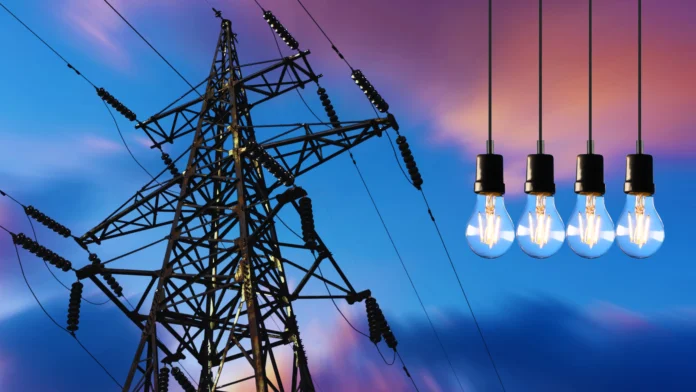Pakistan generates an impressive 130 billion units of electricity annually. Of this, the distribution is starkly uneven; Punjab consumes 70 billion units, Sindh 30 billion units, Pakhtunkhwa 10 billion units, Balochistan 5 billion units, Kashmir another 5 billion units and a substantial portion of the generated electricity is lost in transmission.
A deeper look into the numbers reveals a paradox: of the 130 billion units, 30 billion are produced through hydropower.
The Tarbela Dam in Pakhtunkhwa alone contributes a staggering 18 billion units, and the province as a whole generates 20 billion units from hydropower sources.
Yet, Pakhtunkhwa consumes only 10 billion units, a figure that should ostensibly position it as a region with an energy surplus.
Despite this apparent abundance, Pakhtunkhwa suffers from chronic load shedding, a perplexing situation that has roots in systemic issues and violations of constitutional provisions.
Article 161, sub-clause 2 of the Pakistani Constitution mandates that the net profits earned by the Federal Government or any undertaking from the bulk generation of power at a hydro-electric station should be paid to the province where the station is located.
This clause is continually breached, and according to the AGN Kazi formula, the federation owes Pakhtunkhwa a substantial sum of 600 billion rupees.
The inequity is further highlighted by the fact that out of 22 hydropower stations in Pakistan, 15 are situated in Pakhtunkhwa.
Despite this, the Water and Power Development Authority (WAPDA) is headquartered in Lahore, underscoring the regional disparities in power management and administration.
Looking forward, the future of hydropower generation in Pakistan appears promising, especially for Pakhtunkhwa.
The upcoming projects, including Dasu Dam, Diamer-Basha Dam, Mohmand Dam, and Tarbela 5 Dam, are expected to boost Pakhtunkhwa’s hydropower capacity significantly, projecting an additional 30 to 40 billion units in the coming years.
The electricity generated in Pakhtunkhwa powers the industrial engines of Punjab, driving its economy and creating job opportunities.
This economic growth in Punjab ironically forces many from Pakhtunkhwa to migrate there in search of employment.
The irony deepens when considering that approximately 120 out of 180 industries in Pakhtunkhwa have shut down due to load shedding.
The energy meant to sustain local industries and economies is diverted, contributing to Punjab’s prosperity while Pakhtunkhwa’s own economic landscape remains marred by power shortages.
The hydropower sector holds the key to Pakistan’s energy future, and Pakhtunkhwa is at the heart of this potential.
However, addressing the current imbalances and ensuring fair distribution and benefits are crucial for realizing this potential.
The path forward must involve honoring constitutional mandates, equitable profit sharing, and strategic planning to harness and utilize Pakhtunkhwa’s hydropower capabilities for the benefit of its own people. Only then can Pakistan hope to achieve a truly balanced and just energy future.





Hey people!!!!!
Good mood and good luck to everyone!!!!!